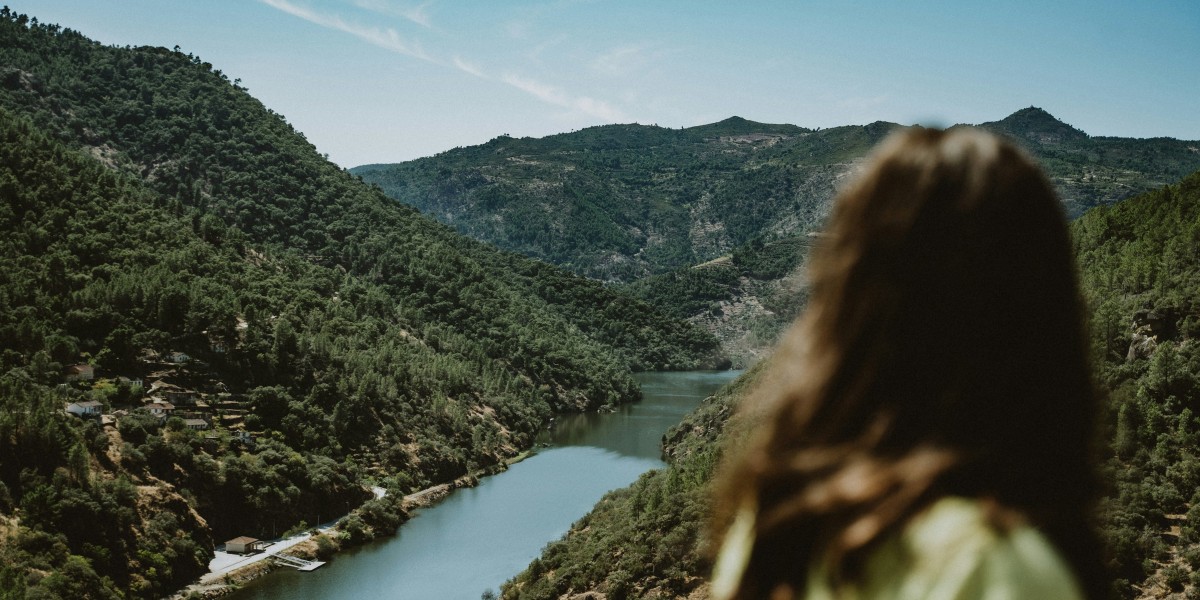
When you picture the Douro Valley, your mind likely goes straight to the terraced vineyards and world-famous Port wine. But to get to grips with this part of Northern Portugal means looking beyond the bottle on the shelf. This ancient, sculpted landscape, a UNESCO World Heritage site, offers a way of life that is tied to the rhythm of the seasons and the winding river that carved it. For those considering living in the Douro Valley, it promises a unique connection to nature and a community spirit rooted in centuries of tradition.
The pros and cons of living in the Douro Valley
Let's be honest, no place is perfect. Life in the Douro is beautiful, but it comes with its own set of challenges.
Some of the pros of life in the Douro Valley include:
- Unbeatable scenery and nature: you are living in a UNESCO World Heritage site. The natural beauty is immense, and the changing seasons provide a constantly stunning backdrop to everyday life.
- A slower, healthier pace of life: the rhythm is dictated by the seasons, not by a nine-to-five schedule.
- Lower cost of living: compared to Lisbon or Porto, your money goes a lot further here, especially when it comes to property and daily expenses.
And a few of the cons to consider:
- Sense of isolation: the other side of the peaceful coin is isolation. Winters can feel long and quiet, and getting to a major city for shopping or appointments requires planning.
- The tourist season: in the summer and during the autumn harvest, the main towns and roads can become very crowded with tourists.
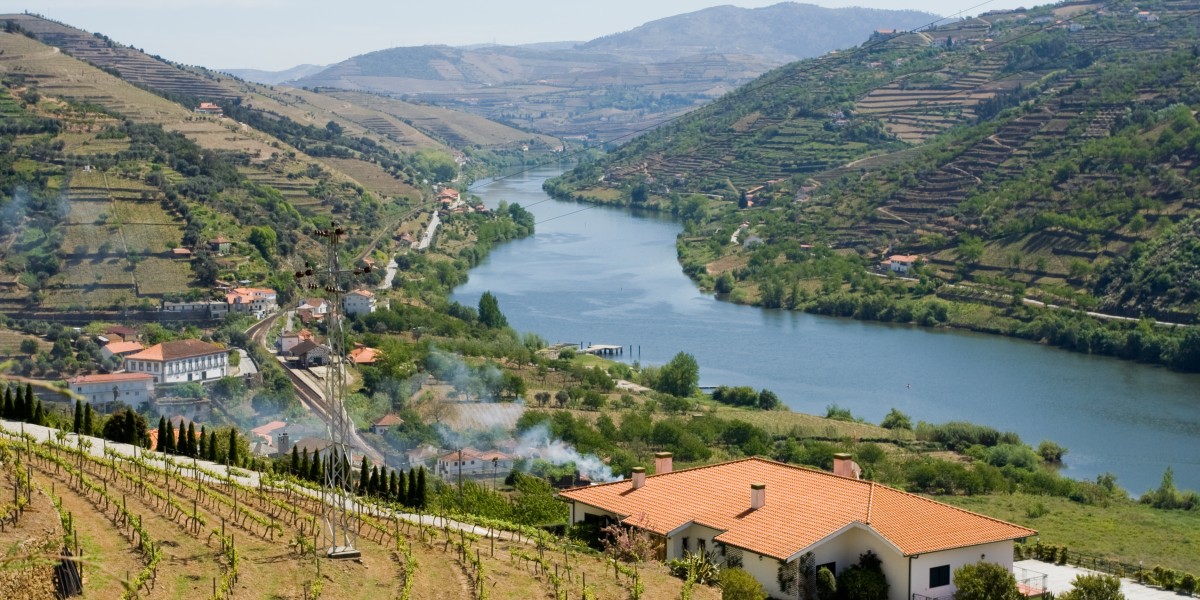
What is the climate like in the Douro?
The Douro has a unique microclimate, which means it experiences some real extremes. Sheltered by the Marão and Montemuro mountains, the valley has a climate that is quite different from coastal Porto.
Summers are famously hot and dry. From June to early September, you can expect long, scorching days where temperatures frequently climb above 35°C. Conversely, the winters are cold and often wet. From November to February, temperatures can drop close to freezing, especially at night.
Spring and autumn are arguably the most pleasant seasons. They offer a welcome balance, with warm, sunny days and cooler evenings. Spring sees the valley burst into bloom, while autumn brings the beautiful golden colours of the vineyards.
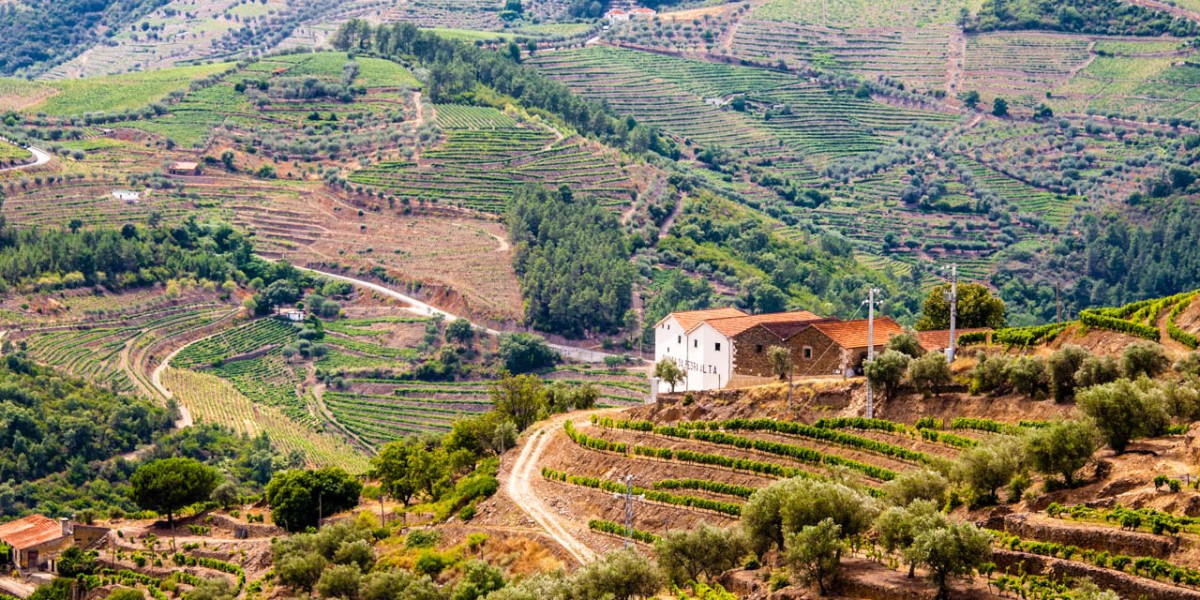
Things to do in the Douro Valley
Life here is deeply connected to the outdoors and history, so there are plenty of things to do in the Douro Valley that have nothing to do with wine tasting. Although that is, of course, a big part of the culture.
- Explore the river: you can take a traditional wooden rabelo boat tour for an hour or two from Pinhão, or even hire a kayak or paddleboard to explore quieter stretches on your own.
- Hiking and viewpoints: the landscape is crisscrossed with walking trails. Many wind through the vineyards, offering incredible views. For some of the best panoramas, head to the miradouros (viewpoints) like Casal de Loivos or São Leonardo de Galafura. The latter was a favourite of the famous Portuguese writer Miguel Torga.
- Discover historic towns: you’ll find sleepy villages with cobbled streets and baroque churches. Lamego is a must-see, with its incredible Sanctuary of Nossa Senhora dos Remédios and its grand staircase.
- Enjoy the local cuisine: Douro food is hearty and rustic. It’s all about slow-cooked meats, river fish, and fantastic bread and olive oil. Look out for local specialities like cabrito assado (roast kid goat) or posta à Mirandesa (a thick, succulent steak).
- Drive the N-222: this road, especially the stretch between Peso da Régua and Pinhão, has been named one of the most scenic drives in the world. It hugs the river, offering breathtaking views at every turn.
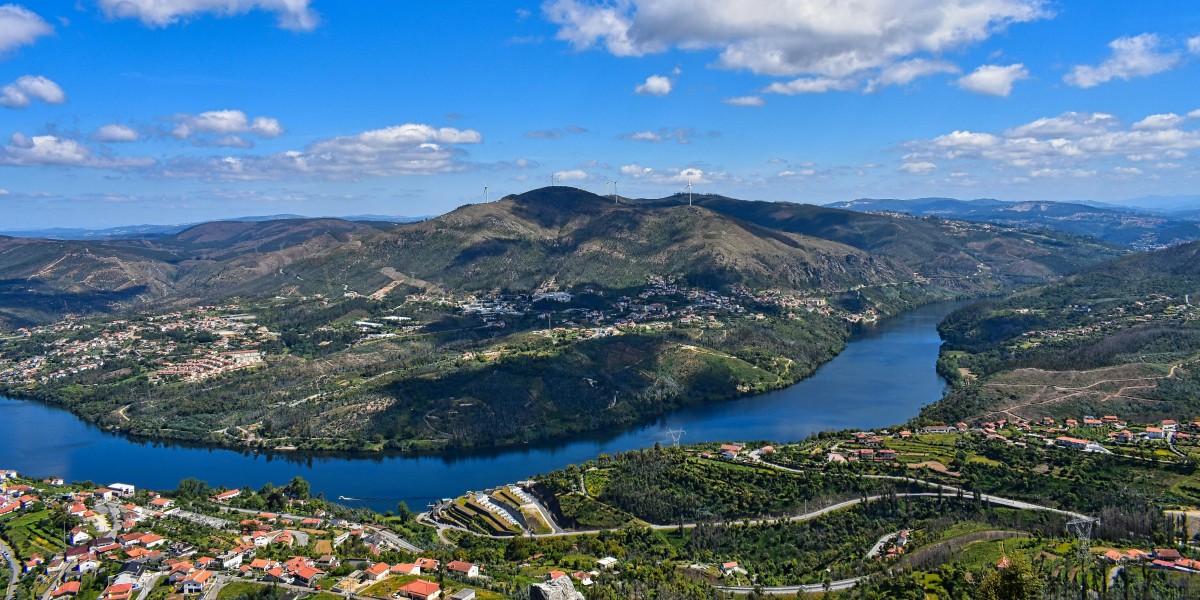
Best towns in the Douro Valley
Choosing your base is key, as each town offers a different experience. Towns in the Douro Valley balance beauty with practicality.
Peso da Régua
Often called the capital of the Douro, Régua is the region’s administrative and commercial hub. It’s less picture-perfect than other spots but is incredibly practical. You’ll find the main train station here with good links to Porto, as well as supermarkets, banks, and hospitals. It’s a working town, which means it feels more lived-in year-round compared to more tourist-focused places.
Lamego
Sitting just south of the river, Lamego feels less like a quiet wine town and more like a proper historic city. It’s best known for the spectacular Sanctuary of Nossa Senhora dos Remédios, which is fronted by a magnificent 686-step baroque staircase. Lamego is a bustling regional hub with a lovely historic centre, a cathedral, and plenty of shops and services.
Pinhão
Located right on the riverbend, Pinhão is the postcard image of the Douro. It’s smaller, prettier, and very popular with visitors, especially in the summer. Its train station, decorated with beautiful azulejo tiles depicting the wine harvest, is an attraction in itself. Life in Pinhão is quieter, especially out of season, and amenities are fewer than in Régua, but its charm is undeniable.
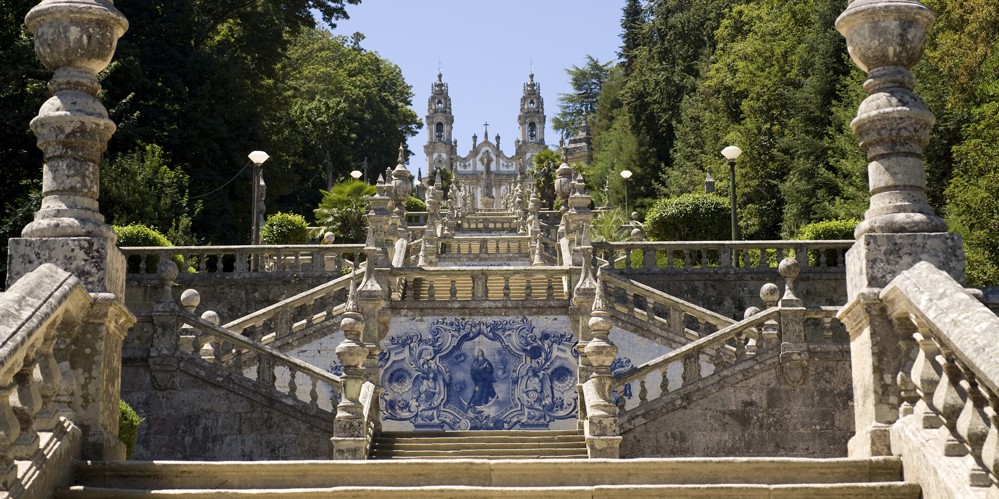
Best villages in the Douro Valley
If you’re seeking true peace and a deep dive into traditional Portuguese life, then moving to a village in the Douro region may be for you.
Provesende
This is a tiny, beautifully preserved wine village perched on a hill affording incredible views. With a handful of cobbled streets, a baroque fountain, and a tight-knit community, it feels like a step back in time.
Favaios
Famous for its sweet, fortified Moscatel wine and its traditional trigo de quatro cantos bread, Favaios has a proud and distinct identity. It's a bit larger than Provesende and has a lovely community feel, with a fantastic bread and wine museum.
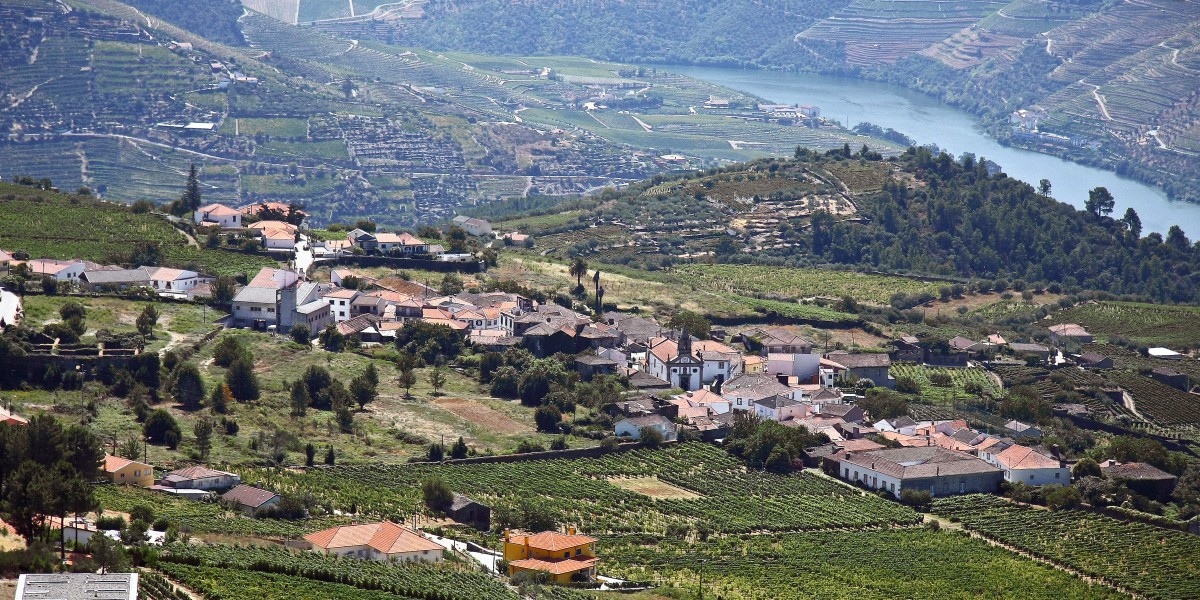
Trevões
One of the twelve designated wine villages of the Douro, Trevões is perched on a high plateau in the São João da Pesqueira area. It was once an important administrative town, and you can still see the evidence of its former status in the grand, coat-of-arms-bearing manor houses (solares) that line its streets.
Pocinho
This is a small, functional riverside village in the Douro Superior, the wildest and most remote part of the valley. The village itself is dominated by two major features: the large Pocinho Dam (Barragem do Pocinho) and the railway station. It's also the main gateway for visiting the UNESCO prehistoric rock art sites of the nearby Côa Valley.
Cost of living in the Douro Valley
The cost of living in the Douro Valley is one of its biggest attractions, especially when you compare it to the spiralling prices in Lisbon or Porto.
When it comes to housing, the costs are very reasonable. In Vila Real province, which covers a huge part of the central Douro, rental prices averaged around €8.40 per m² per month in June 2025. To put that into perspective, an 80m² apartment would typically cost about €672 per month. If you were looking to buy, property prices in the same district averaged €1,062 per m². It gets even more affordable in municipalities like Peso da Régua, where property for sale averaged €997 per m².
Moving slightly south into the Viseu province, which includes towns like Lamego, the figures are quite similar. Rent was slightly cheaper at an average of €7.70 per m², meaning that an 80m² apartment would be around €616 per month, while property for sale in Viseu was a little higher at €1,144 per m².
As you head further east into the more remote parts of the valley, the prices become even more attractive. In Bragança province, the average property price was €914 per m², and in the Guarda district, it was lower still at €768 per m². It’s important to remember these are just averages. A property with a stunning, direct view of the Douro river will command a much higher price, while a house in a small village set back from the river will be more affordable.
Beyond housing, your daily expenses will also be lower. According to Numbeo, a coffee in a local café will rarely set you back more than €2, and a meal for two in a mid-range restaurant shouldn't cost more than €60. A beer is around €3, and your weekly shop, especially if you use the local markets for fresh produce, will also feel significantly lighter on the wallet.
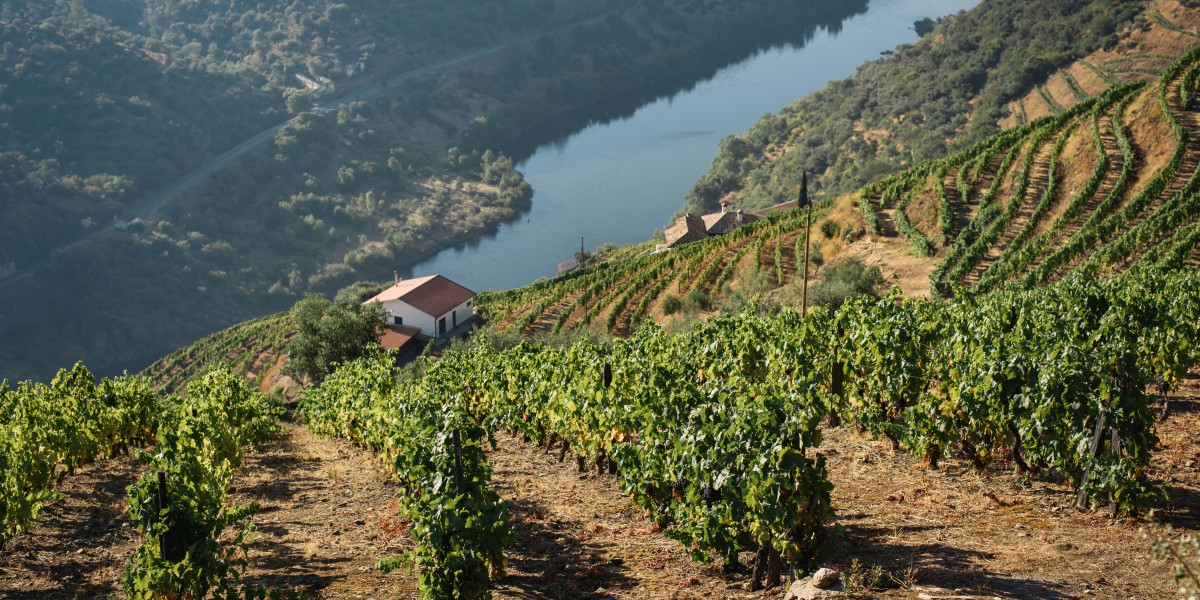
Working in the Douro Valley
The local economy is built on two main pillars: wine and tourism. Jobs are often seasonal and centred around the quintas (wine estates), hotels, and restaurants. Fluent Portuguese is almost always a requirement for these roles.
For remote workers, the Douro can be an inspiring place to live. However, you must do your homework on internet connectivity. While fibre optic is available in the main towns like Régua, it can be patchy or slow in the more rural villages.
Living in the Douro Valley as an expat
The expat community in the Douro is small and scattered. You won’t find the large, organised groups that you might in the Algarve or Lisbon. Expats here tend to be people who are looking to integrate deeply into Portuguese life, running a small guesthouse, restoring a property, or working in the wine business.
Integration is key. Learning Portuguese is essential for everything from navigating bureaucracy to making friends with your neighbours. Life is very local, and making an effort to join in with village festas and support local businesses will go a long way.
